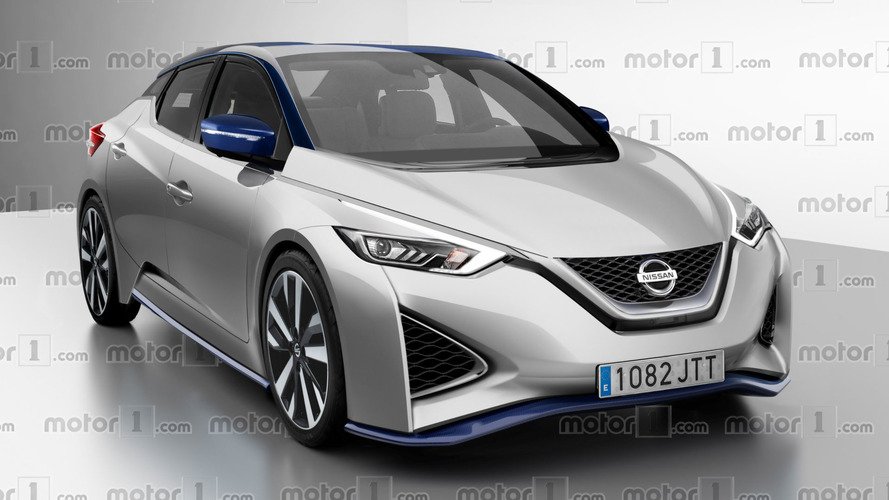Nissan highlights how EVs make the world more resilient

We already seen on several occasions when a disaster has cut fuel and electricity supply short. And in most cases, electricity was the first service to return, making EVs useful in times when internal combustion vehicles are stuck at crowded gas stations.
While fuel supplies are limited, EVs can still drive, and more and more of them will have power export features as we enter 2nd generation offerings.
AC outlets now for sure, and more advanced DC output (like CHAdeMO V2H or V2G devices) that enables to power home or grid.
Nissan’s current 30 kWh Leaf isn’t all that big, but 60 kWh (2nd gen Leaf debuts in September, on sale this year) would certainly be handy long-term if you didn’t have power for several days.
The all-new Leaf is going to lend its platform to the next-generation Renault Zoe, but that won’t happen in the near future considering the Zoe Z.E. 40 was launched just last fall at the Paris Motor Show. Renault’s EV received a larger 41-kWh battery pack good for 250 miles (400 km) in the New European Driving Cycle (NEDC). In the real world, the Zoe Z.E. 40 will do about 186 miles (300 km), according to Renault.
As for the next Leaf speculatively rendered above, we already know it’s going to boast a semi-autonomous driving system and will be able to travel for more than 200 miles (321 km) between charges. Little else is known about the new generation, but supposedly its design will have a few things in common with the 2015 IDS concept upon which our digital exercise is based.
We'll know what's what in September when the next-gen Nissan Leaf is going to be revealed in full, quite possibly at the Frankfurt Motor Show.
Related News


